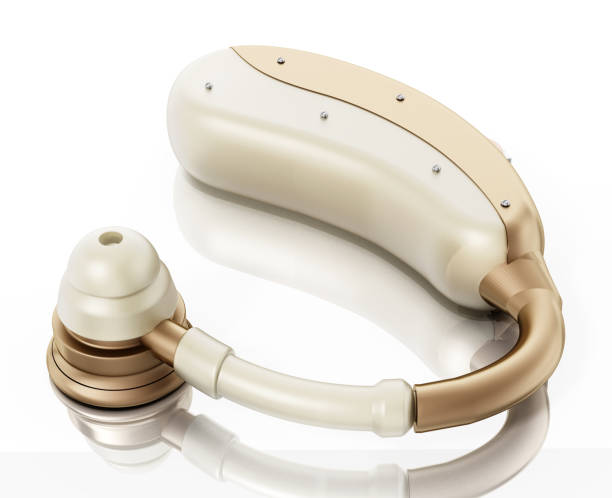Hearing loss is a complex and often misunderstood aspect of human health. Over the years, the technology and understanding behind hearing solutions have advanced at an extraordinary rate. What was once a sealed fate of silence is now often a solvable equation, with a spectrum of devices and technologies catering to different levels of hearing impairment. In this article, we’ll explore the evolution of these hearing solutions, presenting them as the symphony of technology and compassion that they truly are.
A Whisper in the Wind: Early Hearing Aids and the Spark of Innovation
The history of hearing aids is rich with innovation, dating back to the late 17th century when the first ear trumpets were created. These rudimentary funnels directed sound into the ear, providing some form of amplification. However, it wasn’t until the 19th century that electricity came into play, leading to the creation of the first electronic hearing devices.
Fast forward to the 20th century, and significant breakthroughs were being made. Vacuum tubes were introduced, allowing for the miniaturization of devices, paving the way for the behind-the-ear (BTE) and in-the-ear (ITE) models. These early devices were only capable of amplifying sound, but they laid the foundation for what was to come.
From Analog to Digital: The Technological Revolution
The 1980s marked the beginning of a technological revolution in hearing solutions with the introduction of digital signal processing (DSP). This ushered in an era where hearing aids could do more than just amplify sound; they could now manipulate and process it to enhance speech recognition and filter out background noise.
The move from analog to digital was revolutionary. It allowed for the creation of smaller, more powerful hearing aids capable of complex sound analysis and adaptive settings. Furthermore, it enabled the integration of advanced features like Bluetooth connectivity, which provided wearers with direct audio streaming from their devices.
The Modern Age of Personalized Sound
Today, we stand on the frontier of personalized hearing experiences. A key enabler of this is machine learning, which is transforming hearing solutions into adaptive, intelligent systems.
Modern hearing aids are equipped with onboard AI that learns from the wearer’s environment, preferences, and typical usage to automatically adjust and optimize settings. Speech enhancement is more sophisticated than ever, with some devices capable of isolating and enhancing specific voices in a crowded room.
Furthermore, the advent of teleaudiology has made it possible for remote adjustments and consultations, ensuring that individuals have access to continuous care and updates for their devices, no matter their location.
Looking to the Future
The future of hearing solutions is a burgeoning field with incredible potential. We’re already witnessing the integration of hearing health within the broader context of wearable technology.
hearing solutions are becoming more discreet, with some models virtually invisible when worn. They’re also packing in more features, like fall detection, heart rate monitoring, and even translation services, broadening their utility beyond just hearing assistance.
Another exciting prospect is the development of regenerative treatments for hearing loss, which may one day provide a biological cure for what is currently a chronic condition for many individuals.
A Conclusive Note on Access and Affordability
As we celebrate the technological advancements in hearing solutions, it’s important to also address the issue of access and affordability. Despite the great strides made in developing hearing technology, there is still a global disparity in who can access these solutions. High costs and inadequate insurance coverage can present barriers to many who would benefit from these devices.
Advocacy for inclusive hearing healthcare is thus an essential component of the narrative. Policy changes, increased awareness, and philanthropic efforts can all play a role in ensuring that the symphony of hearing solutions reaches every ear that needs it.
The Evolution of Hearing solutions: From a Whisper to a Symphony
